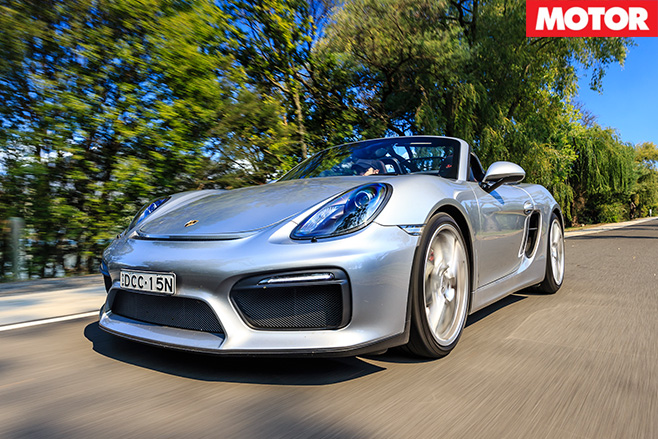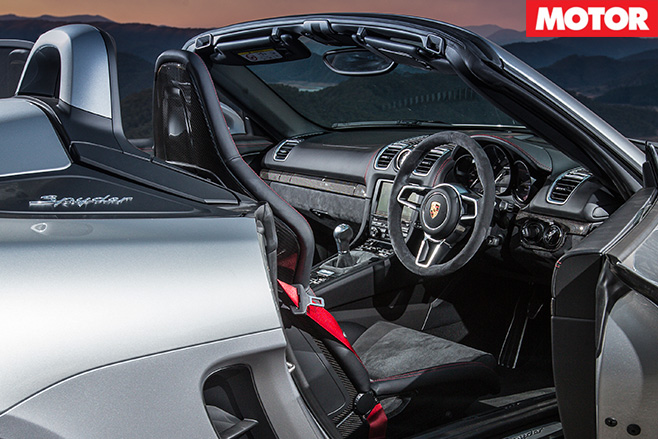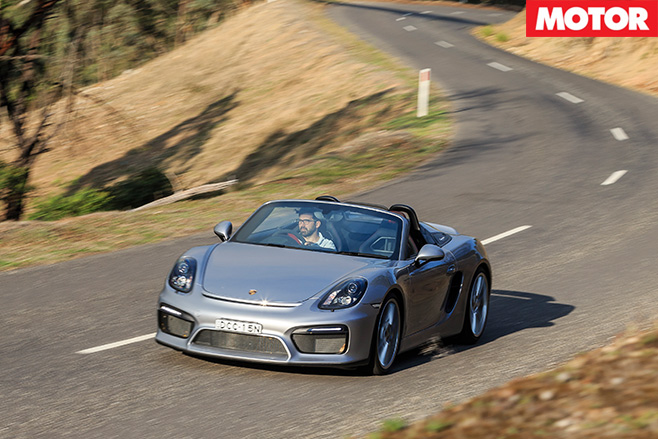If you had to bet on one manufacturer being the last line of manual defence in the face of an automatic onslaught, the smart money would be on Porsche.
Ferrari was an early casualty, Lamborghini followed close behind, Audi has abandoned ship (in its RS products at least) and AMG never showed up in the first place.
Faster, more efficient and easier to use are their arguments (and valid they are too) but thankfully a select group of enthusiasts still wants to shift gear themselves – and the majority are shopping in Porsche showrooms.
For a time it appeared Weissach’s resolve was weakening. The 911’s seven-speed manual was, and is, derived from the sales-dominating PDK dual-clutch, while Porsche’s purest models, GT3 and GT3 RS, abandoned the three-pedal layout altogether.

It’s critical for the brand to still offer a manual gearbox, says Porsche Australia’s communications manager, Paul Ellis. “The appeal of Porsche is all about driving,” he says.
“Even though a manual might be slower than a PDK, if you’re a purist, you’ll have more fun with a manual. It’s about catering to that hardcore group of enthusiasts where fun is more important than outright performance. As long as there is a demand for that, we’ll continue to do it.”

Nestled midships in both models is the 3.8-litre flat-six from the 991-series Carrera S, detuned slightly to 276kW/420Nm in the case of the Boxster Spyder, which allows it to hit 100km/h in a claimed 4.5sec – 0.2sec clear of a PDK and Sport Chrono-equipped Boxster GTS. Would it be even faster as a launch-controlled dual-clutch? Undoubtedly, but that would be to miss the point entirely.
The clutch is surprisingly heavy. You soon get used to it, but equally an hour in heavy traffic would be a reasonable left-leg workout. The shift requires some effort – this is not a one-finger affair in the manner of the Polo GTI. Nonetheless, the action is so smooth and well-oiled – drivetrain snatch just doesn’t exist – that it’s impossible not to change up and down the ’box for the hell of it.

The maximum speeds in each gear at the 7800rpm cut-out are as follows: 1st 79km/h; 2nd 134km/h; 3rd 186km/h; 4th 232km/h; 5th 276km/h. The top speed of 290km/h is achieved at 7000rpm in sixth.
For racetrack use (or, say, the Nurburgring Nordschleife) the ratios are spot-on; the lower gears (which you don’t use very often) are nice and wide while the taller ones are closely-stacked. But the Boxster Spyder is a road car and when second gear stretches to well beyond the national speed limit, opportunities to use its full performance range are few and far between.

Ironically, it’s less of an issue thanks to the arrival of the new torquier, lower-revving turbocharged 718 Boxster. Speaking to engineers at that car’s launch revealed that the gearing is what the supplier offers, so that’s what Porsche takes.
But this is nit-picking to a degree. It’s fitting that the car at the pinnacle of this feature should also have the best gearshift and the six-speed manual is a key part of this fabulous sports car’s appeal. Long may it continue to do so.
Would it be even faster as a launch-controlled dual-clutch? Undoubtedly, but then you’d miss out on one of the world’s best manuals, which is the whole point of this exercise.
SPECS Body: 2-door, 2-seat roadster Drive: rear-wheel Engine: 3800cc flat-6, DOHC, 24v Bore/stroke: 102.0 x 77.5mm Compression: 12.5:1 Power: 276kW @ 6700rpm Torque: 420Nm @ 4750-6000rpm Power/weight: 210kW/tonne Transmission: 6-speed manual Weight: 1315kg Suspension(f): struts, coil springs, anti-roll bar Suspension(r): multi-links, coil springs, anti-roll bar L/W/H: 4379/1801/1280mm Wheelbase: 2475mm Tracks: 1515/1540mm (f/r) Steering: electrically-assisted rack-and-pinion Brakes(f): 340mm ventilated/drilled discs, 6-piston calipers Brakes(r): 330mm ventilated/drilled discs, 4-piston calipers Wheels: 20.0 x 8.5-inch, 20.0 x 10.5-inch (f/r) Tyre sizes: 235/35 ZR20 (f); 265/35 ZR20 (r) Tyre: Pirelli P Zero Price as tested: $169,000 Pros: Awesome engine; sweet gearshift; superb handling Cons: Very long gear ratios; sold out Star Rating: 5/5





